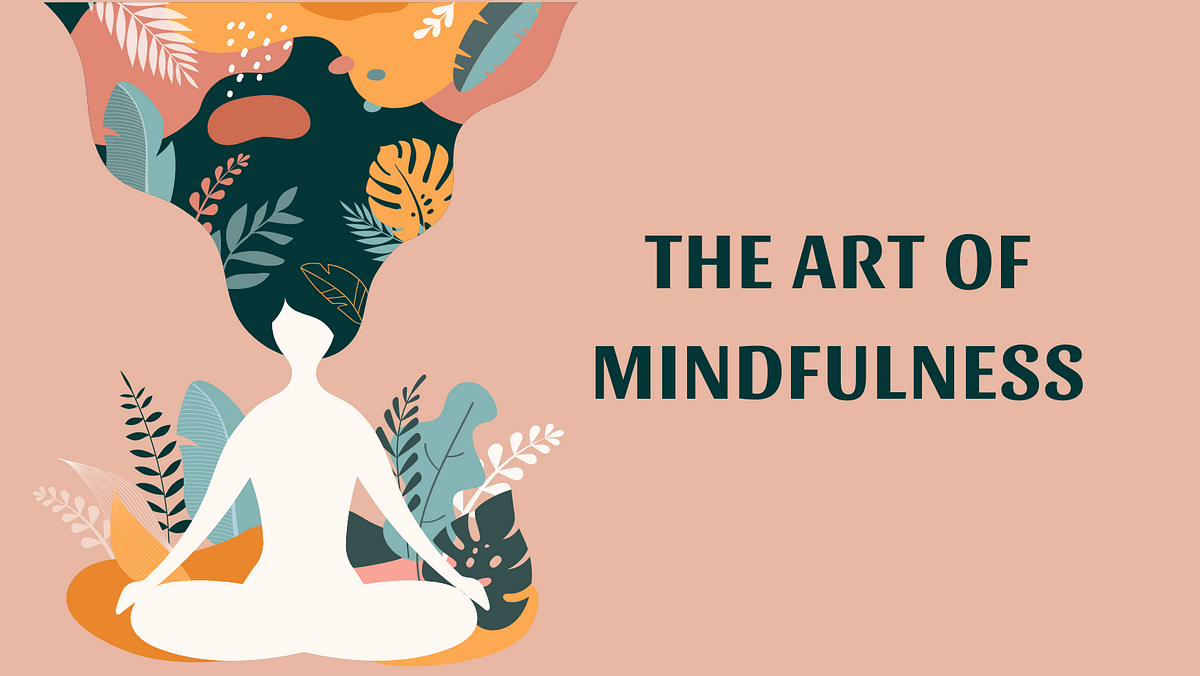
Fitness has long been a cornerstone of well-being, evolving significantly from ancient practices to modern innovations. The journey towards optimal health and wellness involves a holistic approach that integrates physical, mental, and emotional dimensions. This article explores the multifaceted nature of fitness, highlighting how contemporary practices can enhance overall quality of life.
The Historical Perspective
Historically, fitness was deeply intertwined with survival. In ancient civilizations, physical prowess was essential for hunting, gathering, and warfare. The Greeks, for instance, celebrated physical excellence through their Olympic Games, which emphasized not only strength but also agility and endurance. The Romans, with their focus on military training, introduced rigorous exercise regimes aimed at enhancing combat readiness.
In the 19th and early 20th centuries, fitness began to shift from a necessity to a more structured activity. The rise of gymnasiums and the formalization of exercises marked the beginning of fitness as we know it today. Iconic figures like Jack LaLanne popularized physical fitness through television, promoting the idea of exercise as a means to enhance longevity and prevent illness.
Modern Fitness Trends
In recent decades, fitness has become more diverse, reflecting broader changes in societal attitudes and technological advancements. Traditional gym workouts, while still popular, now coexist with an array of innovative fitness trends:
- Functional Training: Emphasizing exercises that mimic everyday movements, functional training focuses on improving overall body mechanics and strength. This approach enhances coordination and balance, making daily activities easier and reducing the risk of injury.
- High-Intensity Interval Training (HIIT): HIIT has gained popularity for its efficiency and effectiveness. By alternating between short bursts of intense activity and recovery periods, HIIT workouts improve cardiovascular fitness, burn calories, and increase metabolic rate in a relatively short amount of time.
- Mind-Body Practices: Yoga and Pilates have become integral to modern fitness routines, offering benefits beyond physical conditioning. These practices emphasize breath control, flexibility, and mental focus, promoting a balanced approach to physical and mental health.
- Wearable Technology: The advent of fitness trackers and smartwatches has revolutionized how individuals monitor their health. These devices track various metrics such as heart rate, step count, and sleep patterns, providing valuable data that can inform and enhance workout strategies.
The Holistic Approach to Fitness
A holistic approach to fitness acknowledges that physical health is just one aspect of overall well-being. The integration of mental and emotional health is crucial for a balanced life. Here’s how a holistic approach can be implemented:
- Mental Wellness: Incorporating mindfulness and stress management techniques into fitness routines can significantly enhance mental health. Practices such as meditation, deep breathing exercises, and progressive muscle relaxation can reduce anxiety, improve focus, and foster a positive outlook.
- Nutrition: Fitness is closely linked to nutrition, which fuels the body and aids in recovery. A balanced diet rich in whole foods, lean proteins, healthy fats, and complex carbohydrates supports energy levels and muscle growth. Hydration is equally important, as it affects performance and recovery.
- Rest and Recovery: Adequate rest is vital for muscle repair and overall health. Incorporating rest days, quality sleep, and relaxation techniques into a fitness regimen helps prevent burnout and injuries, allowing the body to recover and grow stronger.
- Community and Support: Social connections can enhance motivation and adherence to fitness goals. Joining fitness classes, participating in group sports, or engaging with online fitness communities provides support, encouragement, and accountability.
The Future of Fitness
As we move forward, the future of fitness is likely to be characterized by continued innovation and personalization. Advances in technology, such as artificial intelligence and virtual reality, may offer more tailored and immersive fitness experiences. Moreover, the growing emphasis on mental health and wellness suggests that future fitness trends will increasingly integrate psychological and emotional well-being into physical training programs.
In conclusion, fitness is no longer a singular concept but a dynamic, multifaceted journey towards overall well-being. Embracing a holistic approach that incorporates physical exercise, mental health, nutrition, and recovery can lead to a more fulfilling and balanced life. By understanding and adapting to the evolving landscape of fitness, individuals can achieve their health goals and enhance their quality of life in profound and lasting ways.

